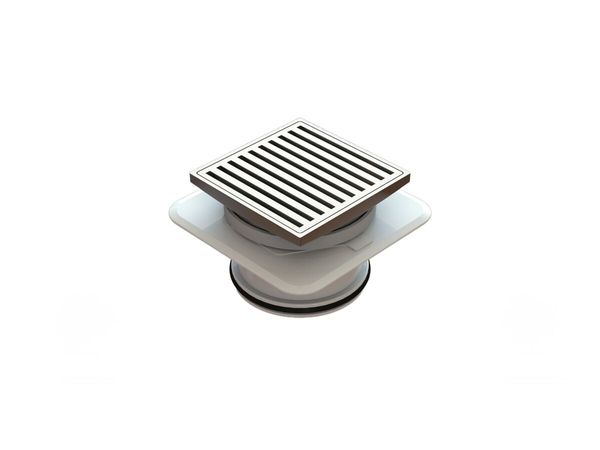Nothing beats a long, hot shower after a long day. But before you run out to the hardware store to buy a new ho water service (HWS), there are a few things you'll want to consider to make sure you get the right model for your needs and budget. Installing a water heater isn't the most complex DIY project, but it does require some planning to avoid ending up with lukewarm showers for the next decade.
This article will walk you through the 10 most important things to think about before getting your new hot water heater, so you can enjoy piping hot showers and baths for years to come.
Choosing the Right Type of Hot Water Heater
Choosing the right type of hot water heater for your needs is key. The two most common options are tankless or storage tank heaters.
Tankless heaters, also known as instantaneous or on-demand heaters, provide an endless supply of hot water. They're compact, energy efficient, and heat water directly without a tank. However, they tend to be more expensive upfront and may not provide enough hot water for large households or simultaneous uses like showers.
Storage tank heaters are the most popular. They heat and store hot water in an insulated tank for when you need it. Although cheaper upfront, they require more space and energy to keep water heated. Standard sizes are 180 to 360 litres for small to large homes. For energy efficiency, look for a model with at least 0.95 energy factor.
Size and Energy Usage
Consider how much hot water your household uses daily and size the heater accordingly. Too small a heater won't meet demand; too large will waste energy heating excess water. An average family of four needs a 180 to 250 litre tank.
In the end, weighing factors like energy efficiency, cost, and hot water needs will determine the right water heater for your situation. Don't just go with the default - choosing carefully can save hundreds per year in energy costs and ensure you never run out of hot water again!
Preparing for Installation Day: What You'll Need
To get ready for installation day, you'll want to gather some essential supplies.
First, make sure you have the necessary tools: adjustable wrench, pipe cutter, Teflon tape, towels, buckets, and a garden hose. You may also need a voltage metre to ensure proper grounding.
Second, pick up some plumbing parts like pipe fittings, flexible water heater connectors, a drain valve, and pipe joint compound. You want everything on hand so you can get right to work.
Third, don't forget safety equipment such as work gloves, protective eyewear, and heavy-duty extension cords. Installing a hot water heater can be difficult, messy work, so come prepared.
Finally, you'll want a helper. Having an extra set of hands will make the job much easier, safer and faster. Offer pizza and cold drinks as motivation if needed! Nothing fixes a cold shower than getting your plumber mate drunk before work starts!
Once you have everything assembled, turn off the power to your water heater at the circuit breaker, turn off the water supply, and drain your existing tank. You're now ready for the fun part: removing your old water heater. But with the right tools and a helpful friend, you'll have the new one in and enjoying hot showers again in no time.
Step-by-Step Guide to Installing Your New Hot Water Heater
Installing a hot water heater may seem like an intimidating task, but by following some key steps, you can do it yourself and save the cost of a plumber.
Turn off the power and water supply
The first thing you'll want to do is turn off the power to your existing water heater at the circuit breaker. Then locate the shutoff valves for the cold and hot water lines and turn those off as well.
Drain and disconnect the old unit
Attach a garden hose to the drain valve at the bottom of the tank and run it to a drain. Open the valve to drain the tank completely. Then disconnect the hot and cold water lines from the top of the tank using a pipe wrench or pliers. You may need to cut the pipes to fully remove the old unit.
Install the new tank
Place the new tank in the same spot as the old one. Reconnect the water lines and tighten with the pipe wrench. Ensure all connections are tight to prevent leaking. Turn the water back on and check for any drips or leaks before turning the power back on.
Connect the plumbing
Solder or clamp the copper pipes to the correct hot and cold water ports on the new tank. Insulate the pipes and seal them off. Connect the pressure relief valve to the proper opening in the tank to prevent over-pressurisation.
Turn everything back on
Turn the circuit breaker back on to power the new unit. Turn on a hot water faucet to release any air in the system. Check all connections again for any signs of leaking. Your new hot water heater is now ready for use!
Following these steps carefully and paying close attention to safety will ensure you have hot water again in no time. If at any point you feel uncomfortable doing this yourself, don't hesitate to call a professional plumber. Your hot water heater is too important to risk damaging from an improper installation.
Conclusion
By planning ahead, doing some research and making sure you get the right size and type for your needs, you'll ensure you have an efficient system providing plenty of hot water for years to come. While it can seem like a hassle, especially if your current heater has just given up the ghost, taking the time to make the right choice will give you peace of mind and help avoid costly mistakes.
Once it's in, you'll wonder how you lived without it. Enjoy your new hot water heater and happy warm showers!
Brands we love
Stiebel Eltron - for both instantaneous electric HWS and for heat pump HWS. Definitely not the cheapest, but Stiebel is one of the oldest and most innovative companies in the water heating space.







